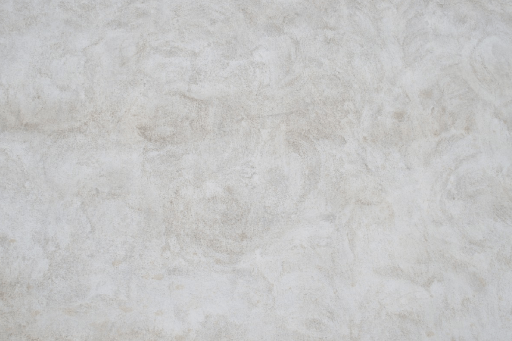Cross-stitching is a joyful and satisfying craft that has been valued for ages. With its beautiful patterns and soothing consistent motions, it’s no wonder that many people are enthusiastic to try it out. If you’re looking to dive into the world of embroidery, cross-stitch is the best starting point. This technique not only enables for creativity but also provides a sense of fulfillment as you transform colorful designs to life, step by step.
For those starting out, the possibility of starting a new hobby can be both motivating and a little daunting. However, cross stitching requires only a few basic materials and techniques, making it accessible for anyone willing to learn. In this guide, we will lead you through the necessary steps to embark on your cross stitching journey, making sure you feel confident and encouraged to create your first masterpiece. Time to start and embrace the pleasure of working with needle and thread.
Essential Materials for Cross Stitching
To begin your cross stitching adventure, you will require a few critical supplies that will enhance your crafting process. The key item is the embroidery thread, which is available in a range of colors. Make sure to select premium threads, as they will be simpler to work with and result in enhanced results. You can discover various labels at art supply shops, and it’s beneficial to have a collection of shades to bring your projects to life. craft kits for travel
Following that, on the list is the material on which you will embroider your patterns. Aida fabric is the popular choice for novices due to its clear holes, which make counting stitches easier. The material is available in various dimensions and measurements, so you can choose one that suits your project requirements. Often, a 14-count is recommended for those new to stitching, as it offers a good balance between ease and detail.
In conclusion, don’t forget about the tools that will assist in your stitching. A set of embroidery scissors is necessary for cutting floss neatly. Additionally, having a darning needle specifically designed for cross stitching will make your stitching smoother. Many stitching needles have a bigger eye to accommodate multiple strands of thread. A hoop or frame can also help maintain your fabric tight while you stitch, further enhancing your crafting experience.
Fundamental Methods and Stitching
When starting with cross stitch, getting yourself with the basic methods is essential. Start by choosing the fabric, which is an evenweave material like Aida cloth or linen. Cut a piece larger than the desired design area, leaving extra space on each side for handling and framing. Ensure you have the right tools including embroidery floss, the needle, and scissors. To get ready the thread, divide the strands according to the pattern requirements, typically using two or three strands for a standard cross stitch.
Performing the X stitch involves creating small X shapes on the fabric. Begin by lifting the needle up from its back and down into the fabric to form the first diagonal stitch. Then, come back up to complete the opposite diagonal, effectively making an X. Consistently work your stitches in the same direction to maintain a uniform look. Continue following the pattern, ensuring to count your fabric squares accurately to keep your design aligned.
Besides to the basic cross stitch, consider explore additional simple stitches that can enhance your project. Backstitching, for instance, is often used to outline shapes or add detail, while half stitches can produce shading effects. As you become more comfortable, experimenting with different stitches can add depth and complexity to the work. Maintaining a consistent tension with your stitches will also help to a polished and professional finish.
Deciding Your Initial Pattern
Picking the appropriate pattern is essential for beginners in cross stitching. It is advisable to start with a pattern that has a straightforward design and a small number of colors. Patterns with distinct lines and bigger blocks of color will make it more straightforward to identify the stitches and help enhance your faith as you begin. Look for patterns labeled as "beginner" or "basic" to ensure they are doable for your capability level.
Consider themes that genuinely interest you, as this will make the journey more fun. Whether a floral design, a geometric shape, or a small animal, select something that speaks with you. This personal connection to the project can inspire you to finish it to the end, making your maiden cross stitch journey memorable and fulfilling.
Lastly, remember to look over the instructions and materials needed for the pattern. Some patterns come with a comprehensive guide that lists the number of threads and fabric needed, which can be very helpful. Confirming you have all materials on hand before you begin will allow for a smoother stitching experience, enabling you to dedicate your attention solely on sharpening your skills.
